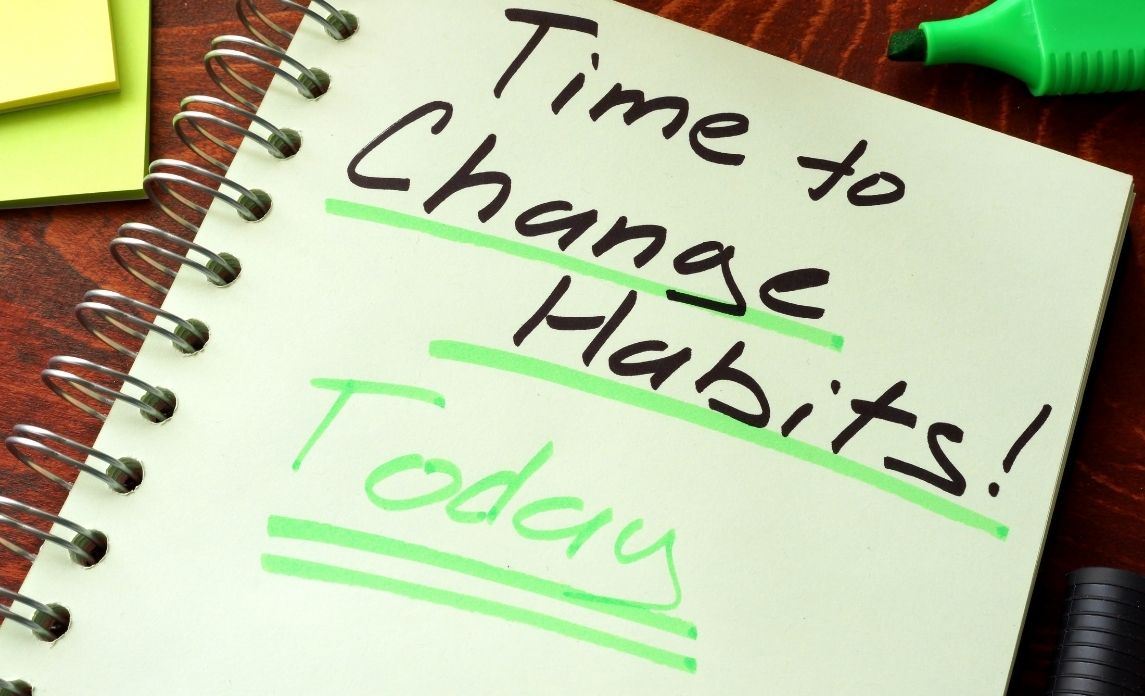One of the most important contributors to office productivity is cleanliness. Indeed, a dirty, disorganised workplace can negatively affect one’s mental focus, emotions, and behaviour. All of this is not to mention how clutter and grime can easily become health hazards when left unchecked.
The problem is that different people have different cleaning and tidying habits. One person may be more conscientious about keeping their workspace neat, while another can be a little more haphazard. This makes keeping your office spick-and-span a little tricky.
Fortunately, there are simple solutions that can help change cleaning habits in the office. Here are some tips to follow so you and your colleagues can maintain an environment that’s conducive to efficiency and effectivity:
Clean More Often
One of the best things to do to inspire and cultivate a culture of cleanliness in the office is to simply clean more often. If you have a pre-opening and post-closing cleaning schedule, you may want to insert a midday or afternoon session.
It’s also a good idea to have your office deep-cleaned every so often. Get in touch with your hired professional cleaners to see what kind of arrangements can be made.
As everyone in the office gets used to a cleaner environment, they will become more averse to dirt and mess. Ultimately, this can trigger a change in their cleaning habits.
Present Facts
Sometimes, only cold, hard facts can convince people to make a move. Present scientific facts related to office cleanliness, such as that an office desk can harbour more germs than a toilet seat. This can definitely discourage some bad habits such as eating at one’s work desk!
Minimise the Paper Trail
When it comes to office clutter, one of the biggest culprits is paper. From envelopes and sticky notes to folders and printed emails, there’s no shortage of paper waste in the workplace.
Fortunately, paper waste can be recycled. Unfortunately, not all paper waste goes into the trash bin. Some of them get stuck on top of desks or inside of filing cabinets, completely forgotten and taking up valuable space.
To prevent the accumulation of paper waste, it’s best to minimise paper use in the first place. For example, there’s usually no need for a hard copy of an email. If you need to refer to its contents, then just bring it up on your computer or even your phone.
Certain documents such as employee handbooks should be made digital. This reduces the need for printing, which reduces your organisation’s expenses in this regard. Having digital files also makes revisions and updates so much easier.
Develop an Organising System for Digital Files
Speaking of digital files, you should devise an organisation system to keep things in order. If you don’t, then your files are as liable to be as cluttered as their paper counterparts.
Some of the popular ways to organise digital files include sorting them by name, date, and project. Each of these have their pros and cons, and your ultimate choice will depend on how your company operates.
For example, organising your files by name can be helpful in terms of specificity. Meanwhile, organising by date is more useful for finance-related and other time-bound files. Lastly, organising by project is ideal if your company’s departments often work collaboratively.
Do note that these systems aren’t exclusive to one type of company, nor should you use only one. In fact, you may find that it’s more beneficial if you make use of different methods especially if you handle different kinds of files.
Keep Cords Out of Sight
There are times when things are actually quite organised in the office but things still look messy. The likely culprit? Visible and tangled wires and cords.
To keep things looking sleek, get used to using wireless keyboards, mice, and other peripherals. For accessories and appliances that can’t be used without cables, invest in wire organisers or holders.
With wires and cords out of the way, things will look much neater. It’s also much safer, since there are fewer tripping hazards.
Lead by Example
Last but certainly not the least, to change everyone’s cleaning habits in the office, you need to lead by example. As the famous quote goes, be the change you want to see.
If people have been used to eating at their desks, make it a point to not eat at your desk. When meal times come, invite everyone to the assigned eating areas. If there are those who don’t follow the rules on recycling, be more demonstrative of your efforts. You can even assign a recycling day, where you gather and sort all recyclables to send to the correct facilities.
It can be difficult to change deeply ingrained cleaning habits, but it’s well worth the effort if you consider the kind and quality of change it can bring about. The key is to be patient. Studies have shown that it takes at least 66 days and at most 254 days to develop a new habit. Just keep at it and you’ll be able to instill a culture of cleanliness at work!


